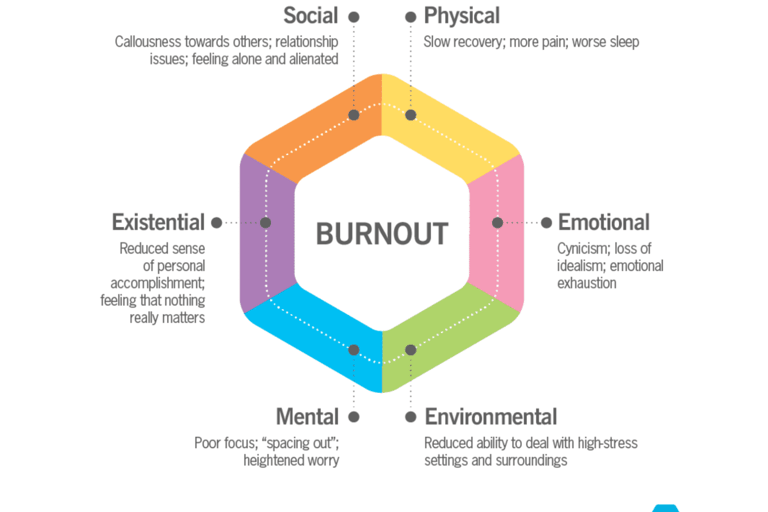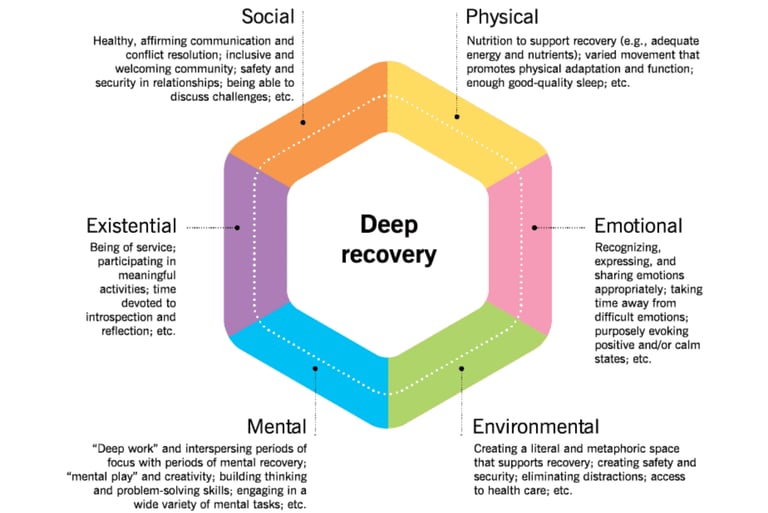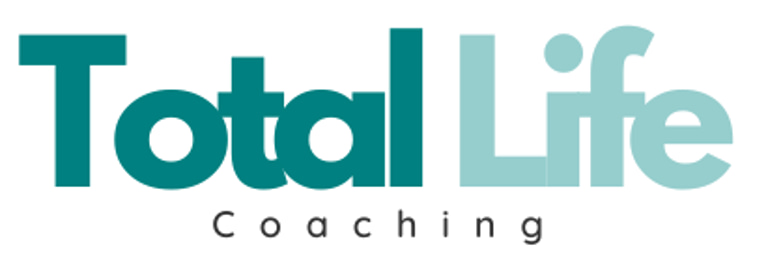Burnout
What is burnout and how to recognise it
J Robinson
3/4/20243 min read


A mounting problem
Self-reported stress levels are higher than ever and burnout is increasingly gaining recognition in the work and wellness worlds. But, like many health conditions, especially those related to mental health, there’s still a fair bit of stigma around burnout. You’ve probably heard people say things like:
“This wasn’t a thing when I grew up.”
“When did people become allergic to hard work?!”
However, burnout isn’t new and has been around as a clinical concept since the 1970s and surely existed prior to being labelled. In 2019 the World Health Organisation (WHO) officially recognised it as a workplace phenomenon and are currently working on tools to help recognise, treat and most importantly prevent burnout in workplaces.
The good news is that the sooner you know you are burned out, the sooner you can recover and feel better.
What is burnout?
Burnout, also known as burnout syndrome, is a state of mental, emotional and physical exhaustion that can happen when the demands in our lives consistently and chronically outweigh what we’re able to do or produce. It’s not a single bad day or even week at work. Rather, it’s an ongoing, long-standing pattern of feeling like you’re trying and failing, without success, support, recognition, or recovery.
You are most susceptible to burnout if you work where:
Actual demands are high (fast paced, high stakes etc)
Perceived demands are high (it feels rushed, urgent or overwhelming)
Ideals are high (high personal standards and strong belief in the value of the work)
Resources are low (time, money, people and rest)
Looking at these factors, it is understandable why service jobs such as health care, first response or teaching are prime examples of jobs with high burnout. But burnout can affect anyone in any career and the shockwaves from it can impact all aspects of your life as seen in the diagram below.


What can you do to counteract burnout?
1. Protect your time, space and emotional investment with good boundaries. Boundaries or the lack of them can hugely impact burnout. These could be boundaries between:
Home and work (laptop and emails in bed?)
Personal and professional identities
Strong boundaries can help by:
Helping you switch ‘work mode’ off and on
Protecting time with friends and family
Reducing emotional effort (ie managing other people’s feelings and your emotional response)
How do you do this?
Identify what you can and can’t control
Implement mindfulness and be present
Be intentional about your environment (separate work and home)
Clarify your boundaries (what are you saying yes and no to?)
Communicate your boundaries (Kindness is being clear so others understand your boundaries)
Saying yes to things that align with your values
2. Cultivate engagement by spending more time on what you love doing with people you love doing it with. Being engaged is effectively the counter of burnout. Engaged equals energised!
Reduce burnout by:
Appropriate workloads
Control over work (at least a little)
Rewards, including simple appreciation and recognition
Community and genuine, supportive social connections
Fairness and equity
Values that feel meaningful to you
How to do this?
Talk to your manager
Build strong connections
Consider your values
Model productive, collegial and growth oriented behaviour
Use a ‘complaints window’ (ie limit your complaints about work to a 10 minute window and don’t do it outside of that)
Practice compassion
3. Focus on ‘deep recovery’
Increasing recovery can help offset increased stress. Recovery isn’t just sleep (although this is very important). Deep recovery looks at all the 6 deep health aspects:


With burnout, the mental, emotional, and existential elements are particularly important. However, many people might experience these as physical issues too. For instance, you might not consciously feel angry… but your jaw muscles are grinding chipper. You might not consciously feel hopeless…… you just feel exhausted.
And remember:
Asking for help is a sign of strength, not weakness.
Own your wellbeing. Master your leadership. Live your life.
Personalised Coaching for Impactful Leadership & Sustainable wellbeing.
Let’s talk about where you are and where you want to go.
Book a free discovery call to explore what’s possible.
